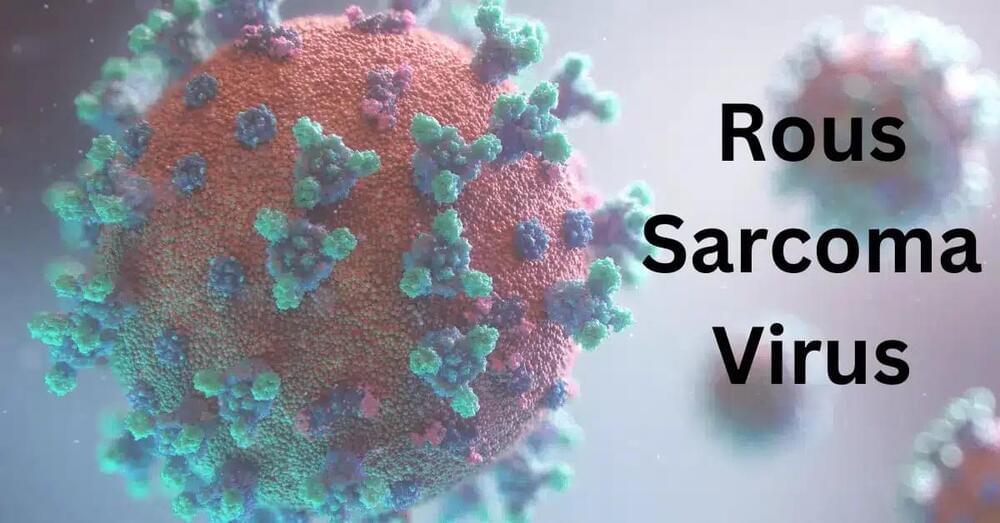Engineers and doctors at Johns Hopkins University and Stanford University have achieved significant advances in training robotic surgeons to have similar skill levels to human doctors.
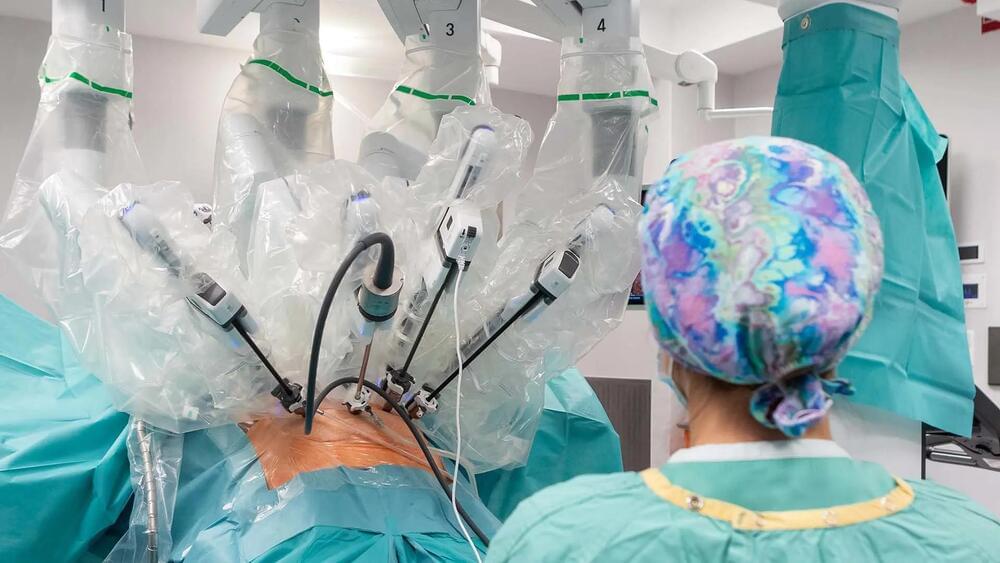

Researchers have developed a method to direct stem cells to form specific structures. By triggering the expression of specific genes in mouse embryonic stem cells, synthetic organizer cells were created, which can assemble in specific ways and carry out various phsyiological functions. This work is an important step on the road to eventually using synthetic cells to repair damaged tissues or regenerate organs. The research has been reported in Cell.
The researchers created synthetic organizer cells that could generate a structure like a mouse body, from head to tail, that underwent processes that were similar to those in mouse embryonic development. Another type of synthetic organizer cell was used to produce a structure that was similar to a heart, and featured a central chamber. This synthetic, heart-like structure also had a network of blood vessels and beat regularly.
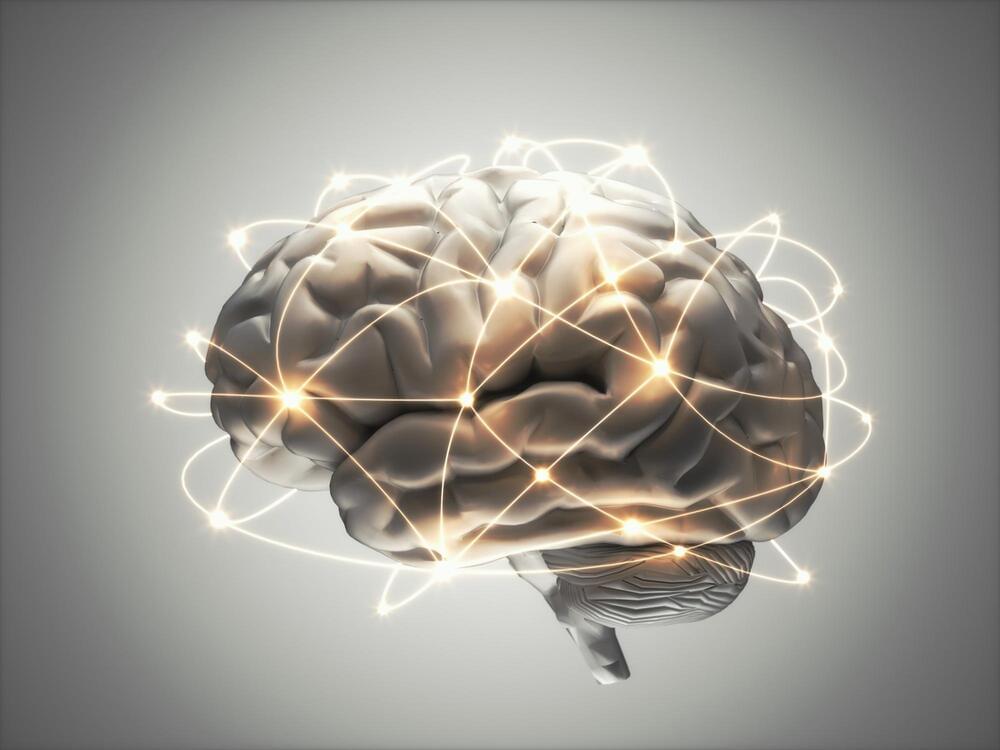
New research identifies E-TCmito as a key link between neuronal activity and mitochondrial function, highlighting its potential to address cognitive decline in aging and diseases like Alzheimer’s.
New research in mice has identified a critical mechanism that connects neuronal activity with mitochondrial function, offering insight into potential strategies to address age-related cognitive decline. Mitochondria, essential for meeting the energy needs of active neurons, generate adenosine triphosphate (ATP) primarily through oxidative phosphorylation (OXPHOS).
As mammals age, the efficiency of mitochondrial metabolism in the brain declines, significantly impacting neuronal and network function. The disruption of the OXPHOS pathway contributes to oxidative stress and mitochondrial dysfunction, exacerbating these challenges.

Donald J. Cram, a Nobel Prize-winning chemist who taught andconducted research at UCLA for more than 50 years and is remembered bythousands of undergraduates for singing and playing guitar in class, died ofcancer June 17 at his home in Palm Desert. He was 82.
A renowned scientist who was as comfortable riding the waveswith friends in the San Onofre Surfing Club as he was in his lab at UCLAconstructing complex molecular models, Cram won the Nobel Prize in 1987 and theNational Medal of Science in 1993 for his work in host-guest chemistry, a fieldhe helped to create. In 1998, he wasranked among the 75 most important chemists of the past 75 years byChemical and Engineering News.
“DonaldCram stands alone in the incredible variety, beauty and depth of hisaccomplishments,” read the citation for Cram’s National Medal of Science. “His investigations have helped give thisscience its form and sophistication. Hetruly brought art to science by making his science an art.”
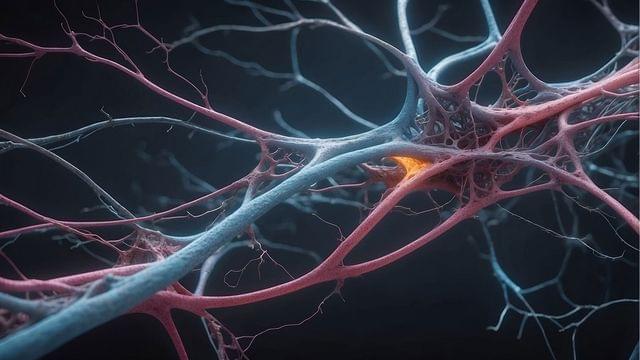
Penn Engineers have modified lipid nanoparticles (LNPs) — the revolutionary technology behind the COVID-19 mRNA vaccines — to not only cross the blood-brain barrier (BBB) but also to target specific types of cells, including neurons. This breakthrough marks a significant step toward potential next-generation treatments for neurological diseases like Alzheimer’s and Parkinson’s.
In a new paper in Nano Letters, the researchers demonstrate how peptides — short strings of amino acids — can serve as precise targeting molecules, enabling LNPs to deliver mRNA specifically to the endothelial cells that line the blood vessels of the brain, as well as neurons.
This represents an important advance in delivering mRNA to the cell types that would be key in treating neurodegenerative diseases; any such treatments will need to ensure that mRNA arrives at the correct location. Previous work by the same researchers proved that LNPs can cross the BBB and deliver mRNA to the brain, but did not attempt to control which cells the LNPs targeted.
Join us on Patreon! https://www.patreon.com/MichaelLustgartenPhD
Discount Links/Affiliates:
Blood testing (where I get the majority of my labs): https://www.ultalabtests.com/partners/michaellustgarten.
At-Home Metabolomics: https://www.iollo.com?ref=michael-lustgarten.
Use Code: CONQUERAGING At Checkout.
Clearly Filtered Water Filter: https://get.aspr.app/SHoPY
Epigenetic, Telomere Testing: https://trudiagnostic.com/?irclickid=U-s3Ii2r7xyIU-LSYLyQdQ6…M0&irgwc=1
Use Code: CONQUERAGING
NAD+ Quantification: https://www.jinfiniti.com/intracellular-nad-test/
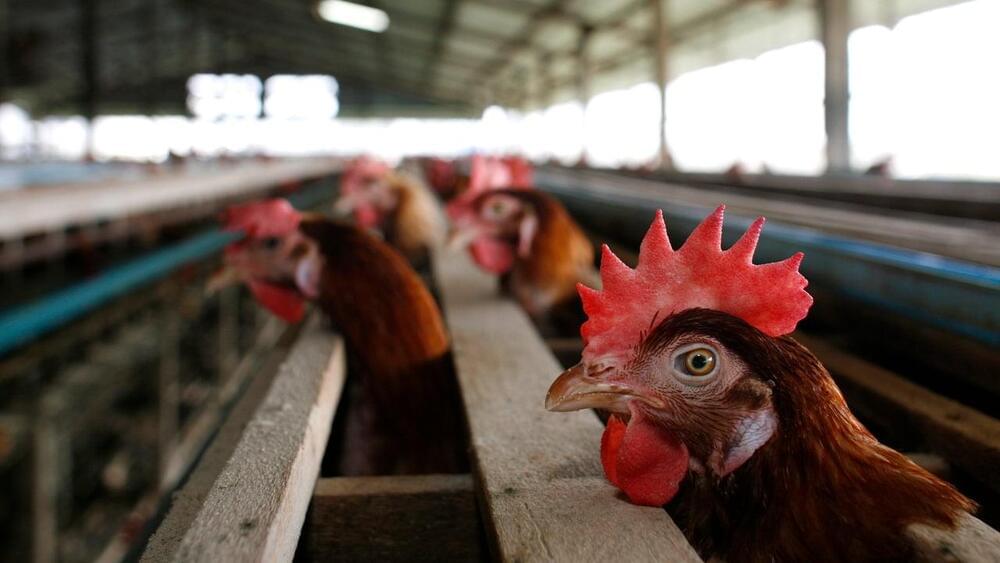
(FOX 2) — Three more cases of bird flu have been detected in Michigan after officials confirmed the presence of highly pathogenic avian influenza across two counties.
The Michigan Department of Agriculture and Rural Development is monitoring outbreaks at two commercial poultry facilities in Ottawa County as well as an outbreak at a backyard flock in Jackson County.
This is the first case of HPAI in Jackson since the outbreak was first reported in Michigan in 2022.
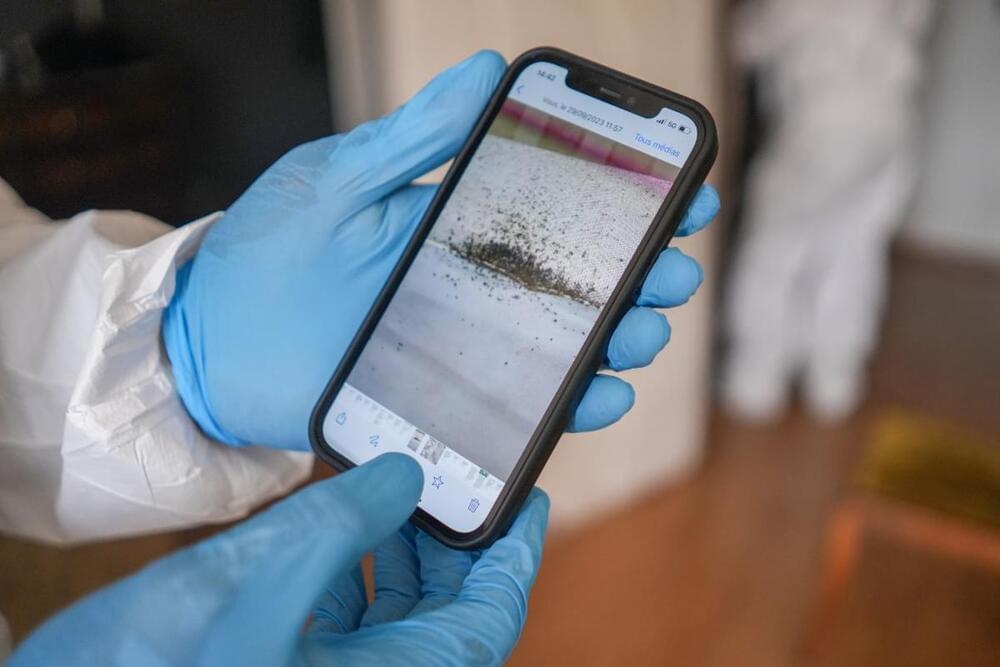
Link :
Ever since then, researchers have marveled at the bedbug’s resilience. No matter what kind of chemical insecticide we throw at it, they manage to survive. This is due in large part to its development of insecticide resistance. Recent research conducted by Hidemasa Bono at Hiroshima University found that a series of genetic mutations explain the bedbug’s resistance to insecticides.
To figure that out, Bono and his team took a peek at the genome of an insecticide-resistant bedbug. They then compared it to bedbug samples collected in 2010 from a hotel in Hiroshima, along with wild bedbugs dating back to the 1950s. They used a technique called long-read sequencing to create nearly free and nearly error-free genomic maps to compare the various bedbugs across time. This allowed them to see several different mutations across the three types of bedbugs.
They found that the bedbug that came from the hotel had 19,895 times more resistance to one of the most common types of insecticide, pyrethroids, than the nonresistant genome. All told, they identified 729 resistant specific mutations. Some of these mutations are related directly to DNA damage response, cell cycle regulation, and insulin metabolism.
Join my AI Academy — https://www.skool.com/postagiprepardness.
🐤 Follow Me on Twitter https://twitter.com/TheAiGrid.
🌐 Checkout My website — https://theaigrid.com/
00:01 New Chinese Humanoid Robot (LimX Dynamics)
01:47 Artificial Superintelligence (ASI) Discussion.
03:57 Sam Altman’s 2025 Predictions.
06:53 Geoffrey Hinton Supports Elon Musk’s Lawsuit Against OpenAI
09:11 O1 Model Surpasses Doctors in Diagnoses.
12:09 DeepSeek V3: A Cost-Effective Alternative to GPT-4
14:53 “Reproduce” Paper: Recreating OpenAI’s Reasoning.
15:41 Meta’s Large Concept Models (LCMs)
17:42 AGI Release Insights from OpenAI Employee.
19:45 Google CEO Gears Up for a Big 2025
23:28 Alibaba’s 70B Model.
24:30 OpenAI’s AGI Definition: $100 Billion in Profits.
25:24 Matrix One Humanoid Robot.
Links From Todays Video:
Chinese LimX humanoid robot CL2 reminds me of the new Atlas model
byu/torb insingularity
OpenAI’s Sébastien Bubeck says GPT-4 already outperformed human doctors at diagnosis, but there are cases in which o1 is nearly twice as accurate as humans pic.twitter.com/zhg0Xuop5t
— Tsarathustra (@tsarnick) December 27, 2024
https://gizmodo.com/godfather-of-ai-throws-support-behind-el…2000544349
https://www.cnbc.com/2024/12/27/google-ceo-pichai-tells-empl…-2025.html.
will AGI be announced publically?
OpenAI Ex-Researcher Daniel Kokotajlo predicts 3 important scenarios:
- before we see robots like plumbers, AGI research will already be automated for over a year
- superintelligent systems in data centers will surpass human abilities in every… pic.twitter.com/qbj77p0jYR
— Haider. (@slow_developer) December 31, 2024
Welcome to my channel where i bring you the latest breakthroughs in AI. From deep learning to robotics, i cover it all. My videos offer valuable insights and perspectives that will expand your knowledge and understanding of this rapidly evolving field. Be sure to subscribe and stay updated on my latest videos.
Was there anything i missed?
